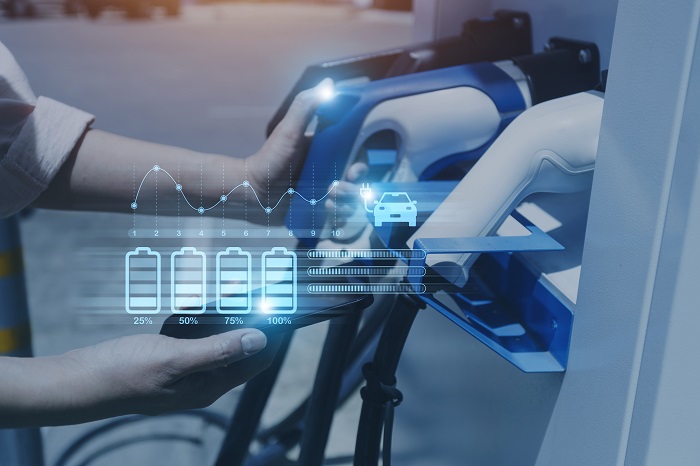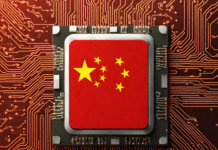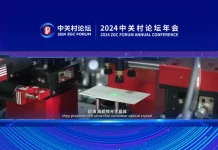A team of bright minds at Fudan University in Shanghai, China has made a leap forward that could change how we power our world. They’ve developed a new type of battery that’s not only rechargeable but relies on calcium—a metal far more common than lithium, which currently dominates the battery market. The technology promises to make batteries cheaper and more environmentally friendly, a significant step towards sustainable energy solutions.
The battery is capable of enduring 700 charge-discharge cycles as of now
Calcium, abundant in the Earth’s crust, makes these batteries a viable option for widespread use. Unlike the lithium-ion cells that power much of our modern gadgets, calcium-based batteries don’t rely on rare or expensive materials like nickel, cobalt, and manganese. Instead, they use carbon for their cathode materials, drastically reducing costs and environmental impact.

Published in the prestigious journal Nature, this research showcases batteries capable of enduring 700 charge-discharge cycles at room temperature without losing efficiency. It’s a breakthrough for calcium-based batteries, known for their safety and stable performance.
These developments come at a crucial time. With the demand for lithium soaring due to the boom in new energy vehicles and renewable energy storage solutions, experts have been warning about potential shortages. The new calcium-based batteries, with their high theoretical energy density, present an exciting alternative. They draw oxygen from the air, eliminating the need for material storage within the battery itself, which has been a limiting factor in their development.
The Fudan team’s success lies in their creation of a new liquid electrolyte that meets the strict requirements for a battery’s electrodes while preventing the calcium reactions that could reduce capacity. This electrolyte not only conducts ions effectively at room temperature but also ensures the battery’s safety.
While there’s still a way to go before these batteries can match the lifespan of current lithium-ion cells, their potential applications in portable electronics, wearable devices, and beyond are undeniable. Plus, the possibility of integrating these batteries into flexible textiles opens new avenues for innovation.
RELATED:
- iFlytek launches AI-powered X3 sweeping and mopping robot in China
- Meet the autonomous Robots changing the EV charging game in China
- Get Redmi K70 Pro for discounted price of $499
- How to add custom GIFs and stickers to WhatsApp
(Via)







